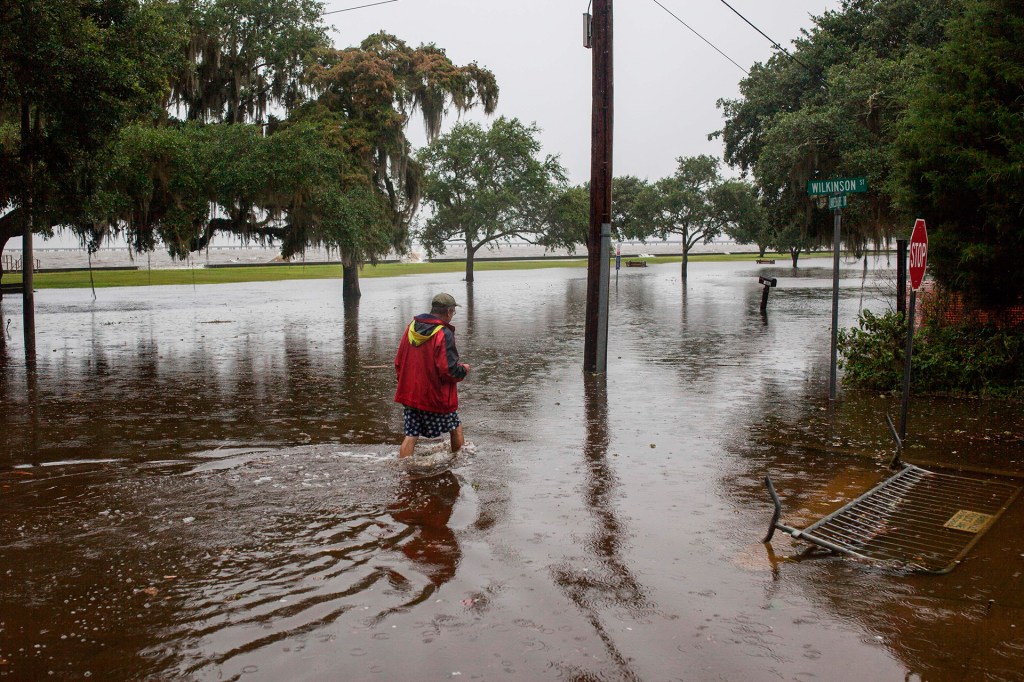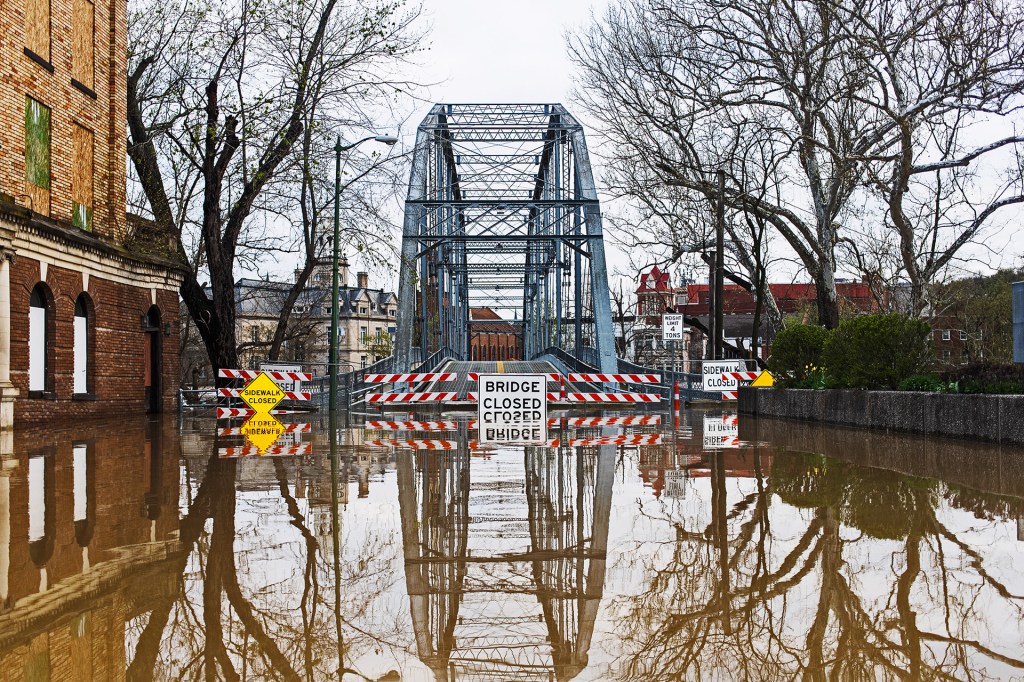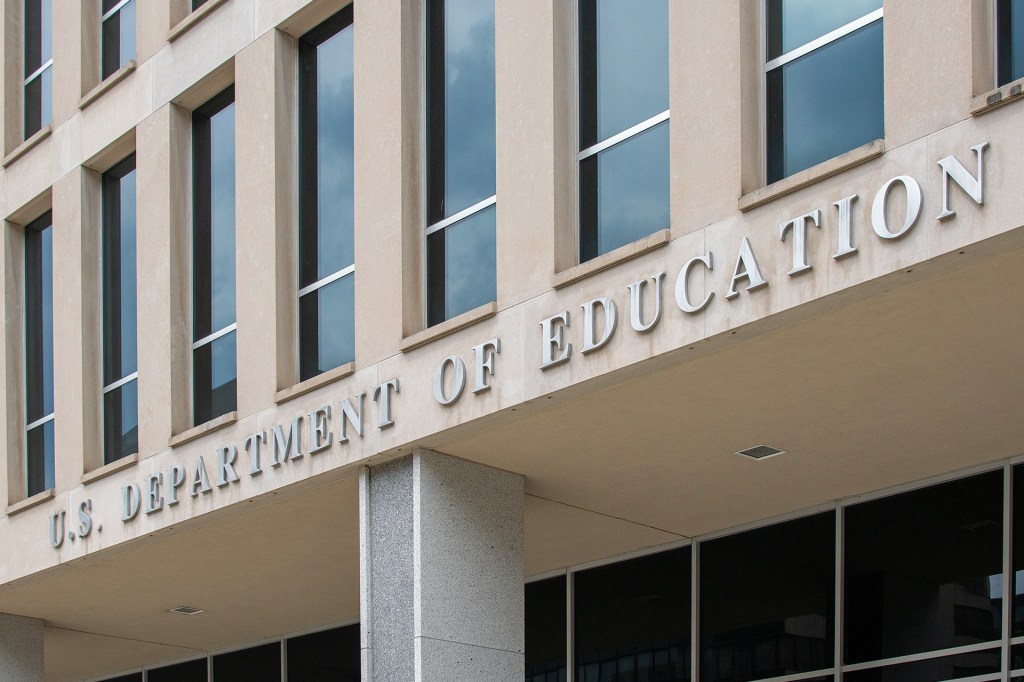Southern Storm

A storm struck the southern United States this weekend. It brought heavy rain, which led to flooding in parts of Louisiana. Communities there had expected a hurricane. But the storm was downgraded to a tropical storm once it hit land on Saturday. By Sunday, it was downgraded again, to a tropical depression.
The difference between a tropical storm and a tropical depression is the speed of the wind gusts. Tropical storm wind gusts are between 39 and 73 miles per hour (m.p.h). In a tropical depression, wind gusts are below 39 m.p.h.
Despite being downgraded, Barry caused trouble in the region. People in Louisiana, Mississippi, and Arkansas lost power on Sunday night. A flash-flood watch was issued in parts of Louisiana and Mississippi. As the storm continues to move inland, parts of Arkansas, eastern Texas, western Tennessee, and southeastern Missouri have also issued flash-flood watches. Forecasters warn that heavy rains will continue. They also warn of possible tornadoes.
John Bel Edwards is Louisiana’s governor. He thanked officials for taking the storm warnings seriously. He reminded everyone that it’s still early in the hurricane season.
“This was a storm that obviously could have played out very, very differently,” he said. “We’re thankful that the worst-case scenario did not happen.”












